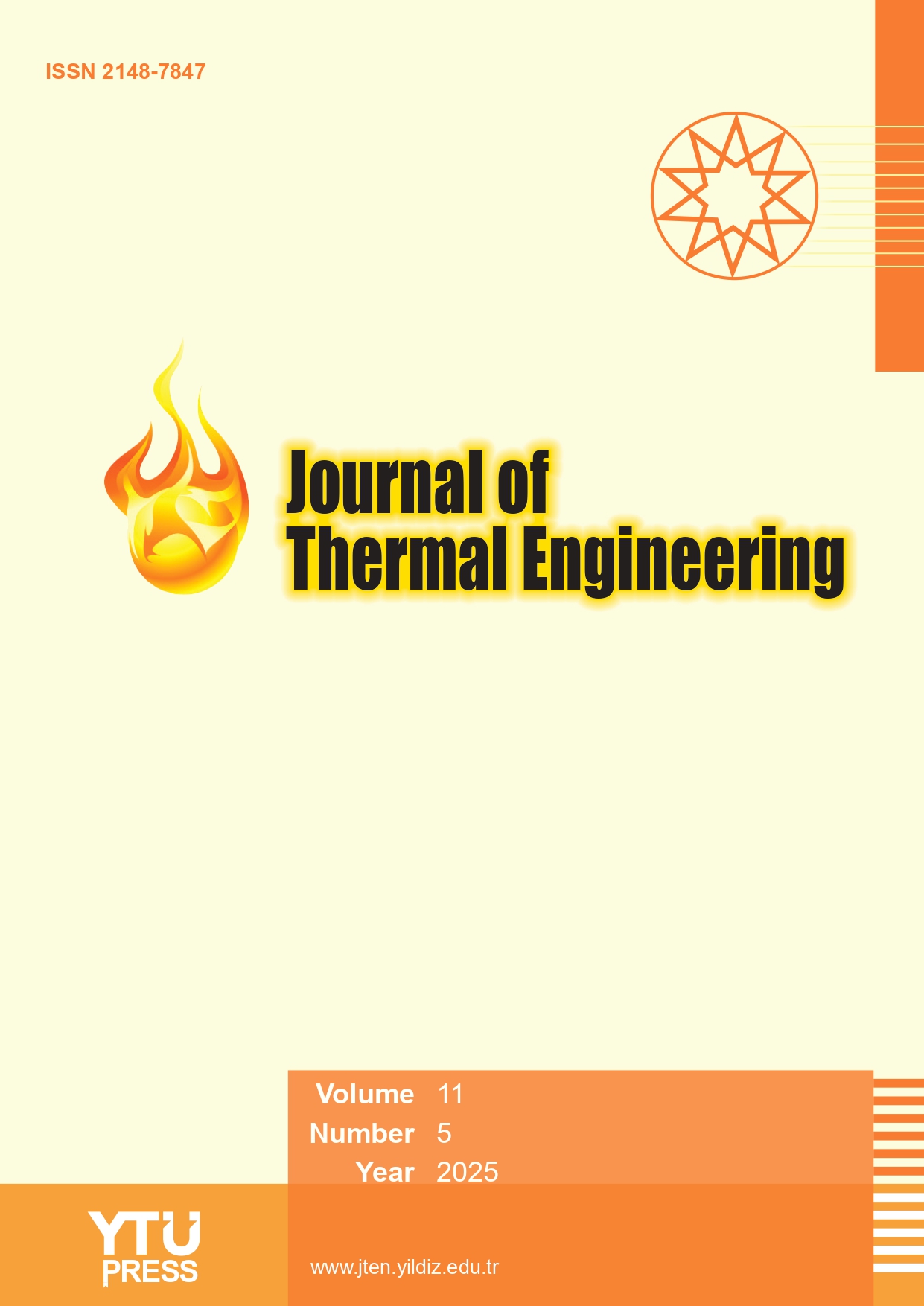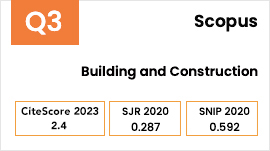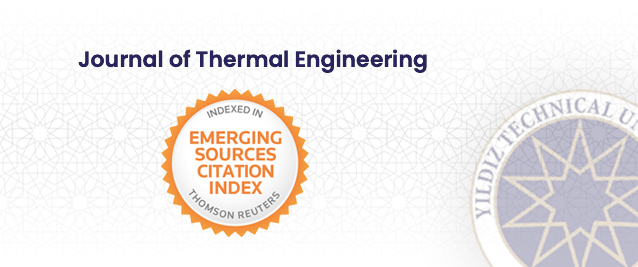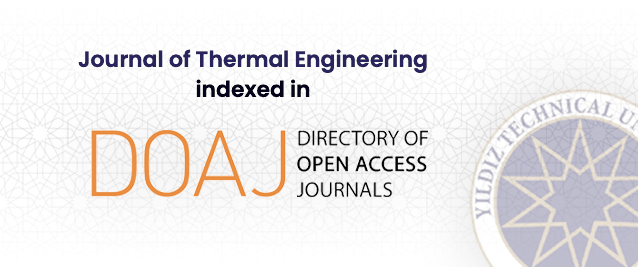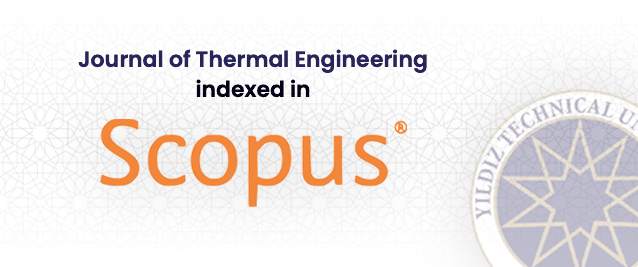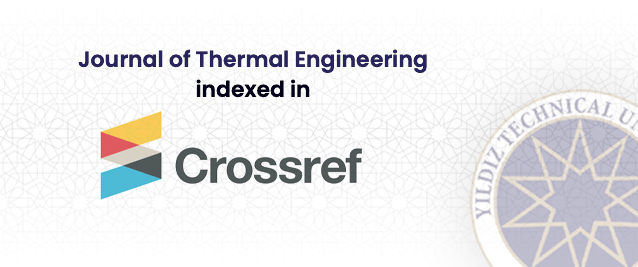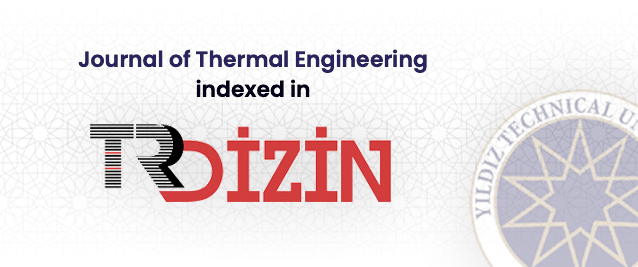Abstract
Due to global increasing in the energy demand and the need to reduce greenhouse gases, hydrogen is considered as an important energy carrier. In this work, numerical modeling of sulfur trioxide decomposition in the sulfur-iodine cycle in micro-channel heat exchangers has been considered. Different baffles shapes have been investigated. Results show by using these baffles in the flow path, the rate of decomposition increases. The highest decomposition percentage of 91.84% was obtained for the alternative design for the channel with asymmetric rectangular baffles. Also, the effect of the operating conditions such as the direction of inlet fluid flow, the inlet temperature of the helium channel and the type of reaction heat supply gas have been investigated. Results show that in the model with counter-current flow, the molar decomposition of sulfur trioxide is about 7% and the thermal performance coefficient is about 31% more than the parallel flow. Also, by increasing the inlet temperature of the helium flow, by about 18% compared to the base model, the molar sulfur trioxide decomposition increases by about 32%. But there is an about 21% reduction in the thermal performance coefficient. This study can provide a useful consideration of the effective parameters on the performance of a high temperature heat exchanger which worked as a sulfuric acid decomposer for hydrogen production within the sulfur-iodine thermochemical cycle.


